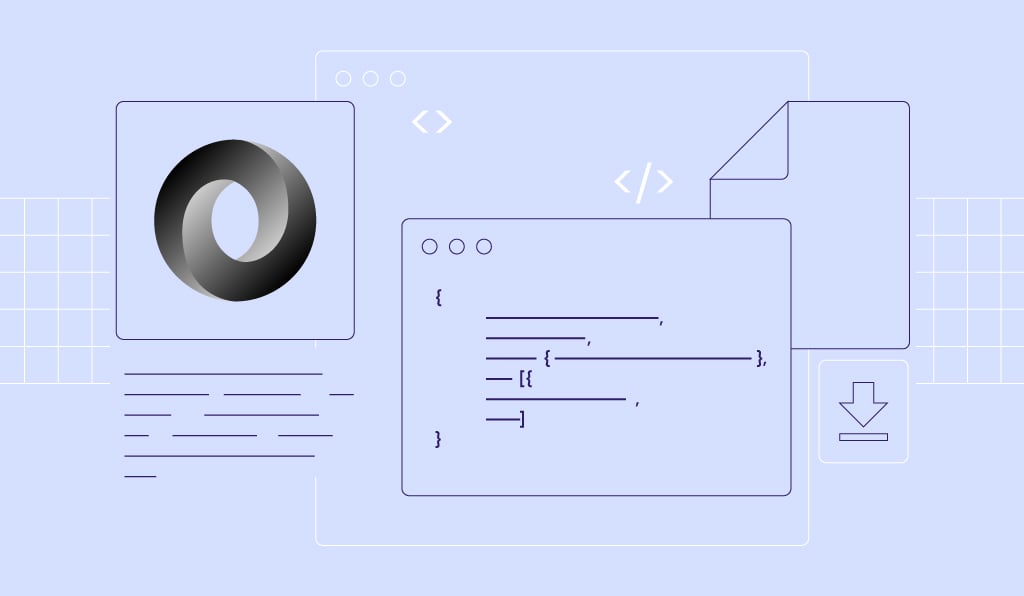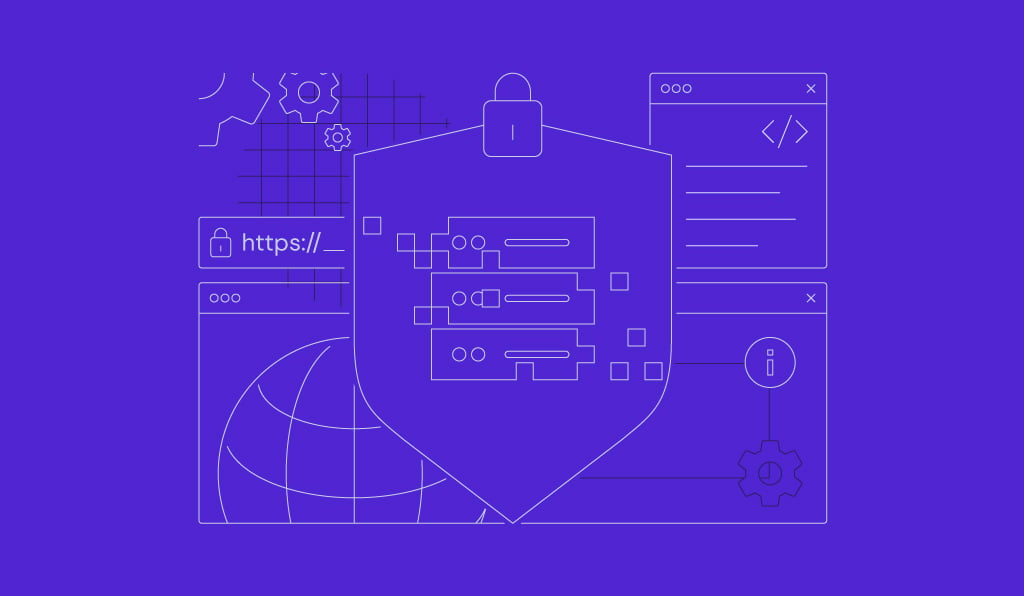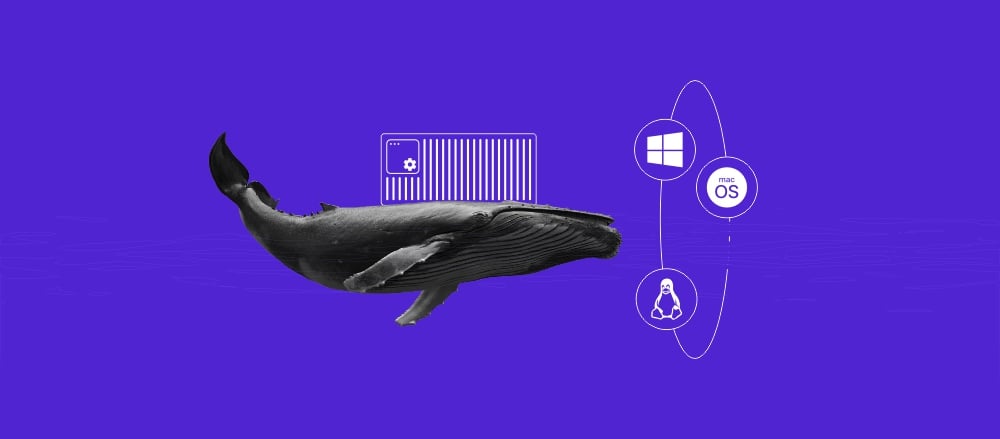All Hostinger Tutorials
Learn more about web hosting, VPS, domain names, SSL, and more with our newest releases.
WordPress revisions: different options and how to manage them
Losing work in the middle of editing or publishing is an irritating problem. Luckily, WordPress can prevent this with its built-in revisions feature....
WordPress button shortcodes: How to add a button to your site
WordPress button shortcodes enable you to easily add custom buttons to your website without having to write the CSS code from scratch. These code...
25 best WordPress Genesis themes for 2025
Using a Genesis Framework child theme is an excellent way to optimize your WordPress site. 250,000+ websites currently use Genesis, making it one of...
WordPress vs Medium: comparing ease of use, customization, price, and more
Both WordPress and Medium are popular content creation and publishing platforms. Each offers different features to help users build an online...
WordPress A/B testing: best practices and tools to optimize conversions
No matter how you look at it, a website’s design is an important element of the site’s success. All the page elements need to work together in the...
How to find WordPress post ID and page ID
Every WordPress post or page has a unique number called an ID. It functions as an identifier for each piece of website content. Since the WordPress...
14 best WordPress project management plugins
As your business develops, following all your projects’ statuses can be overwhelming – from planning to executing them. A common solution is to...
What are WordPress hooks? How to use them and practical examples
WordPress hooks can help you reach your business goals by expanding your website’s capabilities. Hooks allow you to interact and modify code at...
How to install Cassandra on Ubuntu and learn the basic commands
Whenever users hear about database management systems, they likely immediately think about MySQL relational databases. However, such databases can...
What is CLI?
CLI is a powerful program, but its use CLI hasn’t always been well-received. Beginners are reluctant to use it, thinking that it is only for...
How to use Linux list services to effectively manage running services
An operating system requires programs that run in the background called services. In a Linux system, these services are called daemons. They are...
How to install Yarn on Ubuntu via NPM and the repository
Yarn is a JavaScript package manager for Node.js, similar to Node Package Manager (NPM), but with improved performance and security. However, unlike...
How to change the timezone in Ubuntu (3 easy methods)
Using the correct date and time on your Ubuntu system is essential for tasks and processes such as data logging, cron jobs, and the overall management...
How to edit the sudoers file to obtain and manage root privileges
The sudoers file is a critical configuration file in Linux and Unix-like operating systems that controls user privileges. It defines who can execute...
What is WHM?
WHM (WebHost Manager) is an administrative control tool that provides management capabilities for dedicated servers or VPS, enabling hosting providers...
What is JSON: understanding syntax, storing JSON data and downloadable cheat sheet
JSON (JavaScript Object Notation) is a text-based file format designed for data interchange. It represents structured data based on the JavaScript...
Website speed test: How to perform and top tools
Website speed has a significant impact on its traffic and reputation. Slow load times discourage website visitors from browsing, leading to a...
How to create temporary and permanent NGINX redirects
An NGINX redirect is a configuration that routes web traffic from one URL to another, so visitors and search engines can land on the correct...
How to create a Docker container for efficient application management
Docker containers let you efficiently manage applications across different environments. Continue reading to learn how to create a Docker container...
How to install Tomcat on Ubuntu in 2025
Tomcat, often called Apache Tomcat, is one of the most popular applications designed to execute a Java servlet and render web servers with Java page...
Git branches: what they are and how to use them
Git branches are among the most helpful tools for developers to build and manage projects. They let developers work on code separately from the main...
What is SEO? Practical search engine optimization guide
SEO stands for search engine optimization, and it is a practice of optimizing your web pages to rank higher on search engine result pages (SERP). SEO...












